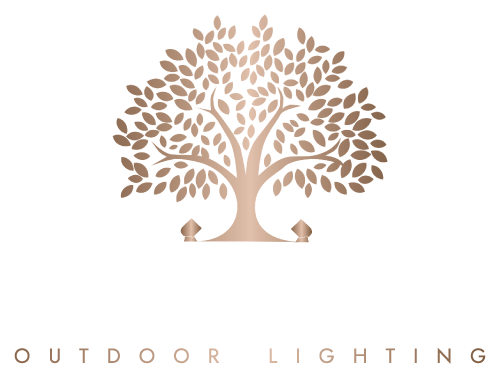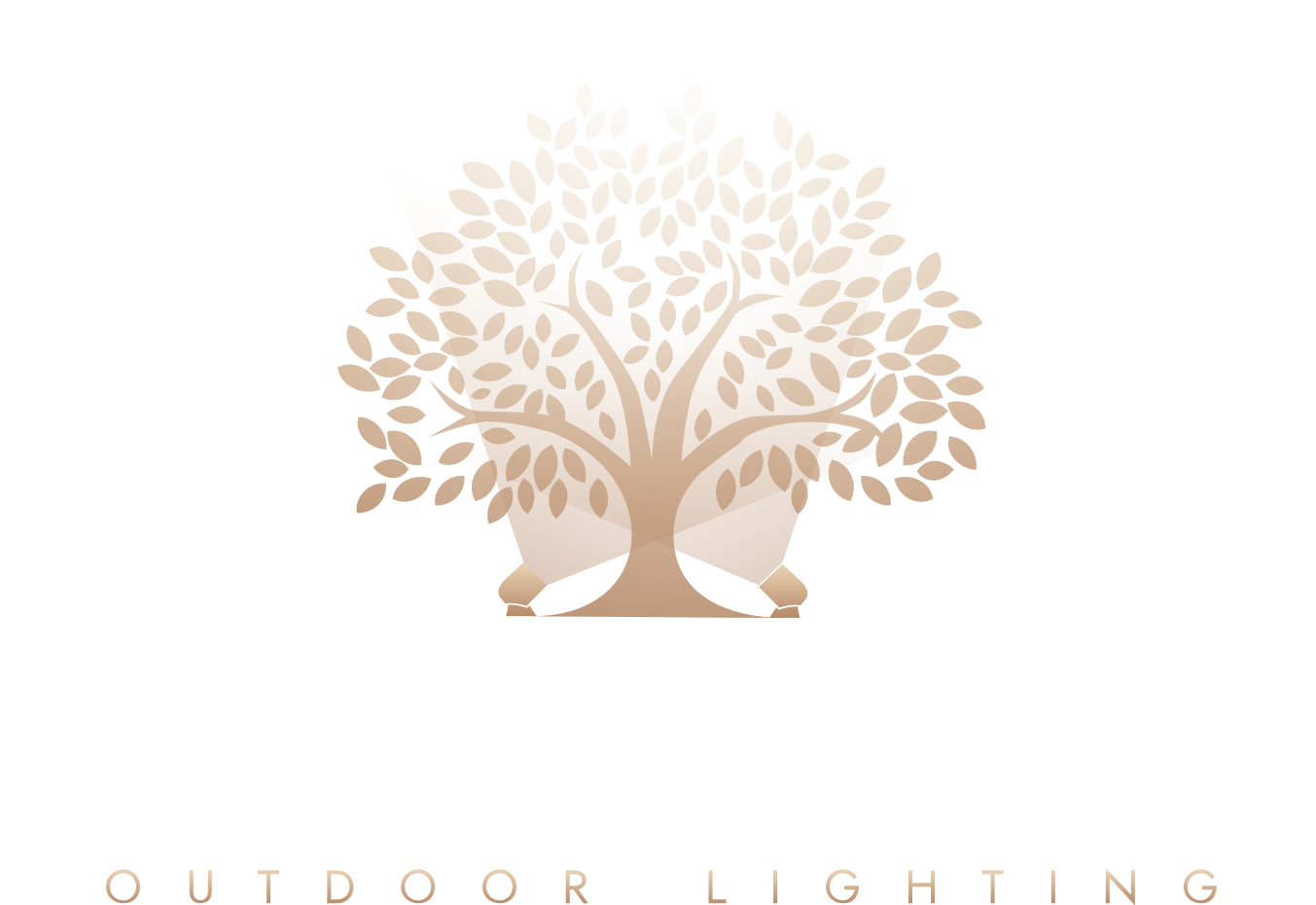When it comes to outdoor lighting, many homeowners find themselves overwhelmed by choices. How do you strike the perfect balance between aesthetics and energy efficiency? In this article, we’ll explore some practical tips for designing an energy-efficient outdoor lighting system that not only enhances your home’s beauty but also keeps your energy bills in check. Let’s dive in!
Understanding the Importance of Energy Efficiency
Before we jump into the tips, let’s take a moment to understand why energy efficiency matters in lighting design. With rising energy costs and growing environmental concerns, making smart choices about your home illumination can have a significant impact. Not only does energy-efficient lighting reduce your carbon footprint, but it also saves you money in the long run. Imagine being able to enjoy your beautifully lit yard without the guilt of skyrocketing electricity bills!
Moreover, energy-efficient lighting options, such as LED fixtures, can last significantly longer than traditional bulbs, reducing the need for frequent replacements and maintenance services. This means less hassle for you and more time to enjoy your unique outdoor spaces. If you’re interested in learning more about how to enhance your outdoor lighting, check out our services.
Choosing the Right Fixtures
One of the most crucial aspects of lighting design is selecting the right fixtures. High-quality fixtures not only look great but also perform better in terms of energy consumption. When shopping for outdoor lighting, consider options that are specifically designed for energy efficiency. Look for fixtures that are rated for outdoor use and have a good warranty, indicating their durability.
LED lights are a fantastic choice for outdoor lighting. They consume up to 80% less energy than traditional incandescent bulbs and can last up to 25 times longer. This means fewer replacements and less waste. Plus, they come in various styles, so you can find the perfect match for your home’s aesthetic. Want to see some examples? Check out our gallery for inspiration!
Strategic Placement for Maximum Impact
Placement is everything when it comes to outdoor lighting. You want to create a warm and inviting atmosphere while ensuring safety lighting is adequately addressed. Think about the areas that need illumination the most, such as pathways, driveways, and entrances. By strategically placing lights in these areas, you can enhance safety while also showcasing your landscaping.
Consider using a combination of ambient, task, and accent lighting. Ambient lighting provides overall illumination, task lighting focuses on specific areas, and accent lighting highlights architectural features or plants. This layered approach not only improves functionality but also adds depth and character to your outdoor spaces. If you need help with professional installation, don’t hesitate to reach out to us at Unique Outdoor Lighting.
Utilizing Smart Technology
In today’s tech-savvy world, integrating smart technology into your outdoor lighting design can significantly enhance energy efficiency. Smart lighting systems allow you to control your lights remotely, set schedules, and even adjust brightness levels based on the time of day. This means you can ensure your lights are only on when needed, reducing unnecessary energy consumption.
Moreover, many smart lighting options are compatible with solar technology, which can further decrease your reliance on traditional energy sources. Imagine having lights that charge during the day and illuminate your yard at night without costing you a dime! For more information on how to incorporate smart technology into your outdoor lighting, visit our blog.
Regular Maintenance for Longevity
Once you’ve designed and installed your energy-efficient outdoor lighting, the work isn’t quite done. Regular maintenance is key to ensuring your lighting system continues to perform well. This includes cleaning fixtures, checking for burnt-out bulbs, and ensuring that all wiring is intact. A well-maintained system not only looks better but also operates more efficiently.
Consider scheduling annual maintenance services with a professional to keep everything in top shape. This proactive approach can prevent small issues from becoming costly repairs down the line. Plus, it ensures that your outdoor lighting continues to provide the safety and ambiance you desire. If you’re interested in our maintenance services, feel free to contact us at get a free quote.
Conclusion
Designing an energy-efficient outdoor lighting system doesn’t have to be daunting. By choosing the right fixtures, strategically placing your lights, utilizing smart technology, and committing to regular maintenance, you can create a stunning outdoor space that is both beautiful and energy-conscious. Remember, at Unique Outdoor Lighting, we believe in transforming your home into a work of art, one home at a time. If you have any questions or need assistance, don’t hesitate to reach out to David Kraus at 908-565-0788.
FAQs
What are the benefits of LED outdoor lighting?
LED outdoor lighting is energy-efficient, long-lasting, and available in various styles. They consume less energy than traditional bulbs, which can lead to significant savings on your electricity bill.
How can I improve the safety of my outdoor spaces with lighting?
Strategically placing lights along pathways, driveways, and entrances can enhance safety. Consider using motion-sensor lights for added security and convenience.
Is professional installation necessary for outdoor lighting?
While some homeowners may choose to install lighting themselves, professional installation ensures that everything is set up correctly and safely, maximizing both functionality and energy efficiency.
How often should I maintain my outdoor lighting system?
It’s recommended to perform maintenance at least once a year. This includes checking for burnt-out bulbs, cleaning fixtures, and ensuring all wiring is in good condition.
Can I use solar lights for outdoor lighting?
Absolutely! Solar lights are a great energy-efficient option. They charge during the day and provide illumination at night without increasing your energy costs.

